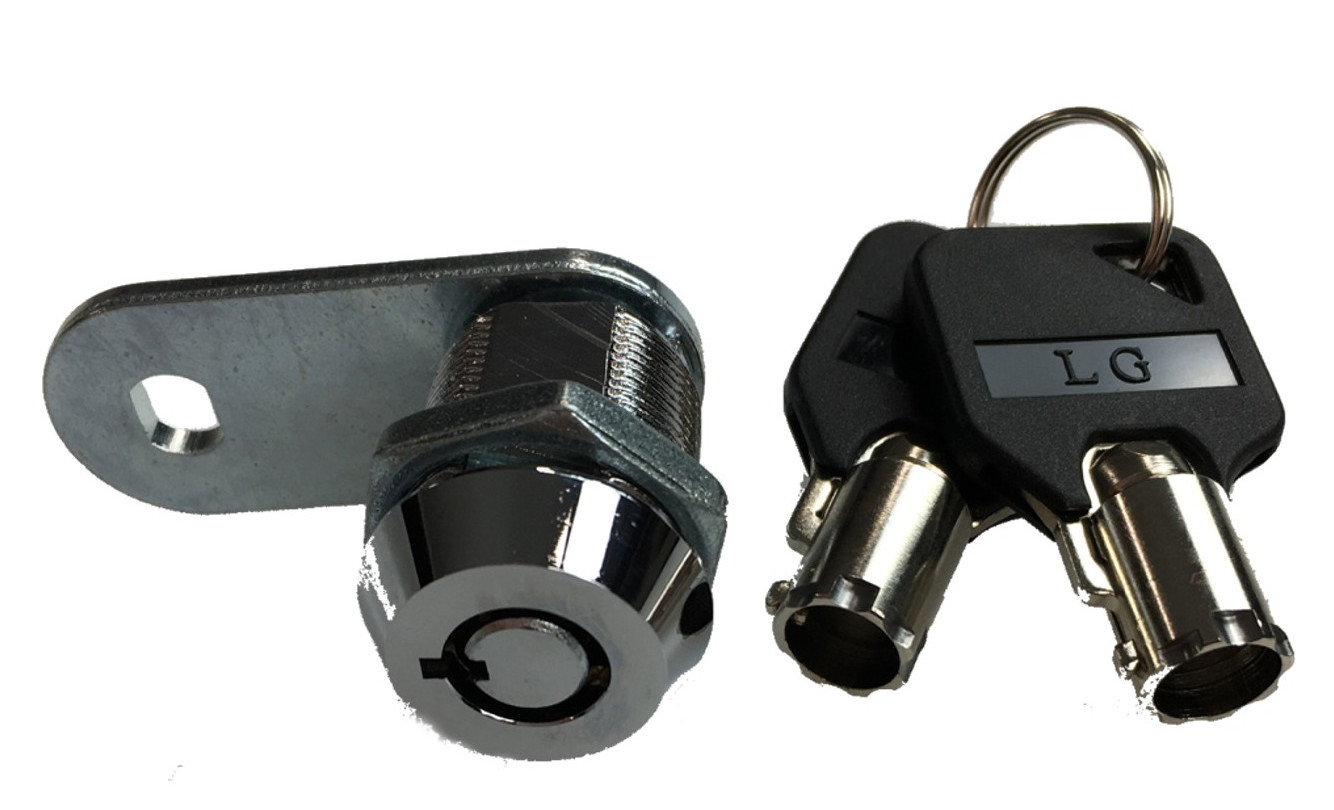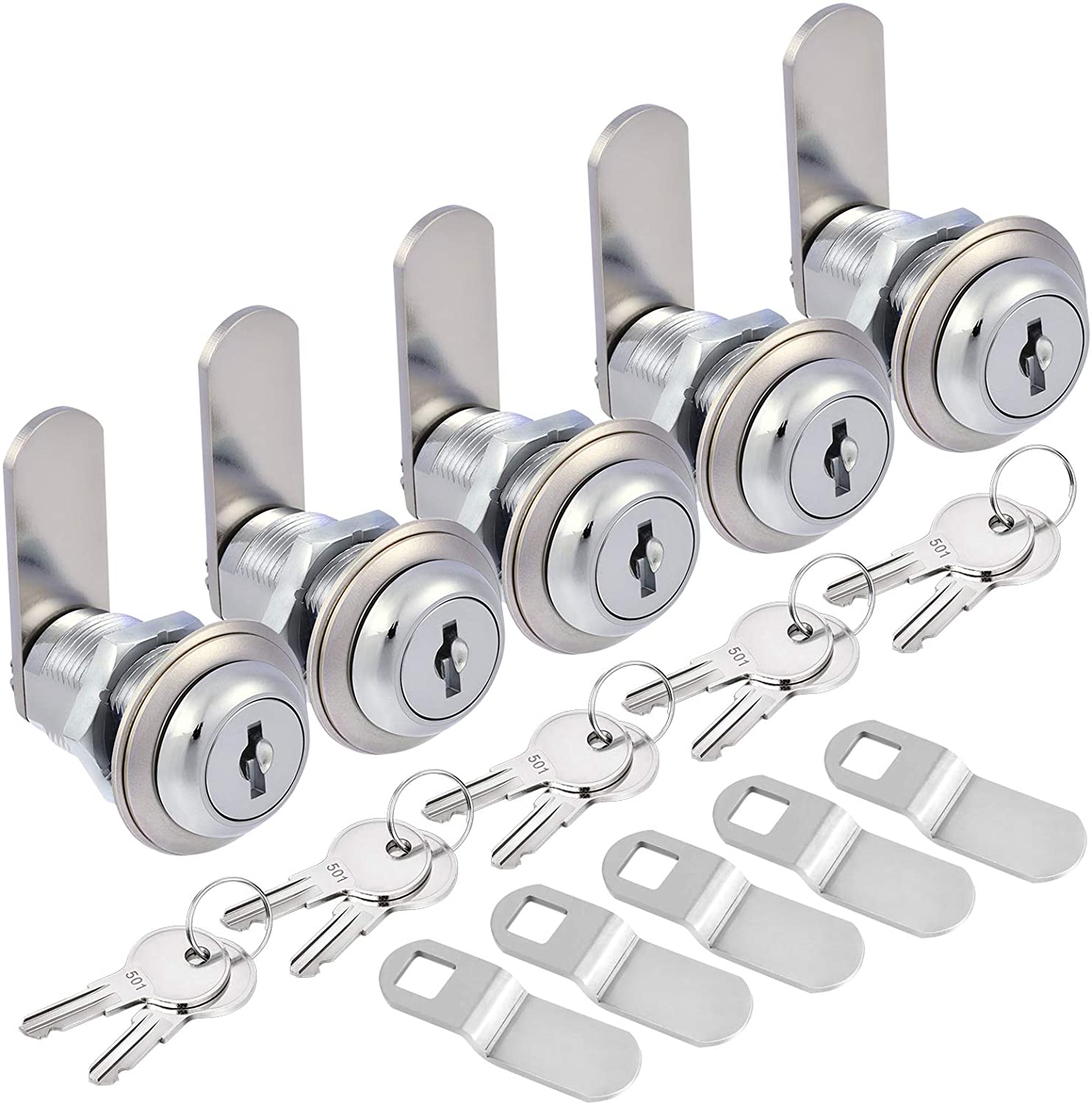
Cam locks are a popular security option for a variety of applications, from residential and commercial doors to filing cabinets and lockers. These locks use a cylindrical locking mechanism that rotates to secure or release the locking mechanism, using a key or combination. But are cam locks a good security option? In this article, we’ll explore the pros and cons of cam locks to help you decide if they’re the right choice for your security needs.
Pros of Cam Locks
Affordable: Cam locks are generally affordable, making them a cost-effective option for securing doors, cabinets, and other items.
Easy to Install: Cam locks are relatively easy to install, requiring only a few simple tools and minimal expertise. This means that you can save on installation costs and time.
Versatile: Cam locks come in a variety of sizes and styles, making them suitable for a wide range of applications. They can be used to secure doors, drawers, cabinets, and even vending machines.
Durable: Cam locks are typically made from durable materials such as steel, making them resistant to tampering and wear and tear.
Rekeyable: Many cam locks can be easily rekeyed, allowing you to change the lock’s key without having to replace the entire lock mechanism.
Cons of Cam Locks
Vulnerable to Picking: Cam locks are susceptible to picking, which can compromise their security. Experienced thieves can easily manipulate the lock mechanism to gain entry without using a key.
Limited Key Options: Cam locks typically have a limited number of key options, which can increase the likelihood of key duplication and unauthorized access.
Key Retention: Cam locks can be vulnerable to key retention, where the key remains in the lock when the lock is unlocked. This can lead to unauthorized access if the key is lost or stolen.
Limited Security: Cam locks may not provide sufficient security for high-risk applications, such as banks, government buildings, or data centers.
Limited Features: Cam locks do not offer many additional security features, such as electronic keypads or biometric scanners.

When to Use Cam Locks
Cam locks are suitable for many low to medium-security applications, such as:
Residential Doors: Cam locks can be used to secure residential doors, such as entry and interior doors, where moderate security is required.
Filing Cabinets and Lockers: Cam locks are commonly used to secure filing cabinets, lockers, and other storage units where limited access is required.
Retail Displays: Cam locks can be used to secure retail displays, preventing theft and unauthorized access.
Mailboxes: Cam locks can be used to secure mailboxes, providing a level of security against mail theft.
When Not to Use Cam Locks
Cam locks are not suitable for high-security applications where the risk of theft or unauthorized access is high. This includes:
Banks: Banks require high-security locks, such as biometric scanners or electronic keypads, to protect valuable assets and sensitive information.
Government Buildings: Government buildings require high-security locks to protect classified information and sensitive areas.
Data Centers: Data centers require high-security locks to protect servers and other valuable equipment.
High-Traffic Areas: Cam locks are not suitable for high-traffic areas, such as hospitals or schools, where frequent access is required. These areas require locks that are durable and easy to use, such as electronic keypad locks.
Conclusion
In conclusion, cam locks are a versatile and affordable security option for low to medium-security applications. They are easy to install, durable, and can be rekeyed if necessary. However, they are susceptible to picking, have limited security features, and may not be suitable for high-security applications. When deciding to use cam locks, it’s a good idea to choose high quality ones from expert manufacturers like Capitol Industries Inc.
